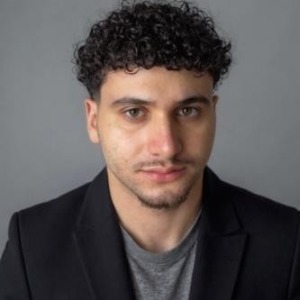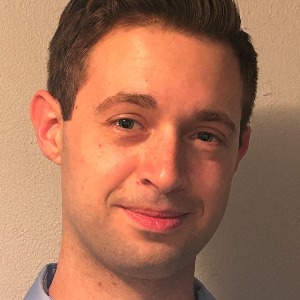Dry Needling
Dry Needling is a therapeutic technique gaining popularity in the realm of physical therapy and pain management. It involves the insertion of thin, solid needles into specific trigger points or tight bands of muscle, aiming to elicit a therapeutic response. Unlike traditional acupuncture, dry needling does not involve the application of traditional Chinese medicine principles but instead focuses on targeting muscular trigger points and knots. The primary goal of dry needling is to alleviate pain and improve muscle function. The needles used in dry needling are typically very thin, causing minimal discomfort during insertion. Once inserted, the needles stimulate the targeted muscles, leading to a local twitch response. This involuntary contraction and relaxation of the muscle can help release tension, reduce muscle tightness, and improve blood flow to the area. Dry needling is commonly used to address musculoskeletal conditions such as myofascial pain syndrome, tension headaches, and sports-related injuries. It is often integrated into a comprehensive physical therapy or rehabilitation program to enhance the effectiveness of other therapeutic interventions. The technique is considered safe when performed by trained and licensed practitioners, and side effects are generally mild, such as temporary soreness or bruising at the needle insertion sites.

Stephen S Tower
University of Alaska Anchorage, United States
Marcos Brioschi
American Academy of Thermology, United States
Wagih El Masri
Keele University, United Kingdom
Akash Ganguly
Warrington and Halton Hospitals NHS FT, United Kingdom
Hussein Jaber
University of Cambridge, United Kingdom




Title : Knotless suture repair for chronic lateral ankle instability: A systematic review & single- arm meta-analysis
Hussein Jaber, University of Cambridge, United Kingdom
Title : The UK profemur recall and implant cobaltism
Stephen S Tower, University of Alaska Anchorage, United States
Title : The tomographic phenotype and the genotype of wormain bones
Ali Al Kaissi, National Ilizarov Medical Research Center for Traumatology and Orthopaedics, Russian Federation
Title : Total Knee Arthroplasty (TKA) in hemophilic arthropathy: Modern outcomes and perioperative strategies
Jack Russek, Touro University California, United States
Title : Musculoskeletal and orthopedic implications of Gender-Affirming Hormone Therapy (GAHT): A PRISMA-Guided systematic narrative review
Jack Russek, Touro University California, United States
Title : New treatment of muscle contracture and joint contracture through muscle regeneration with mitochondrial dynamics
Ki Ji Lee, Busan Medical University, Korea, Republic of